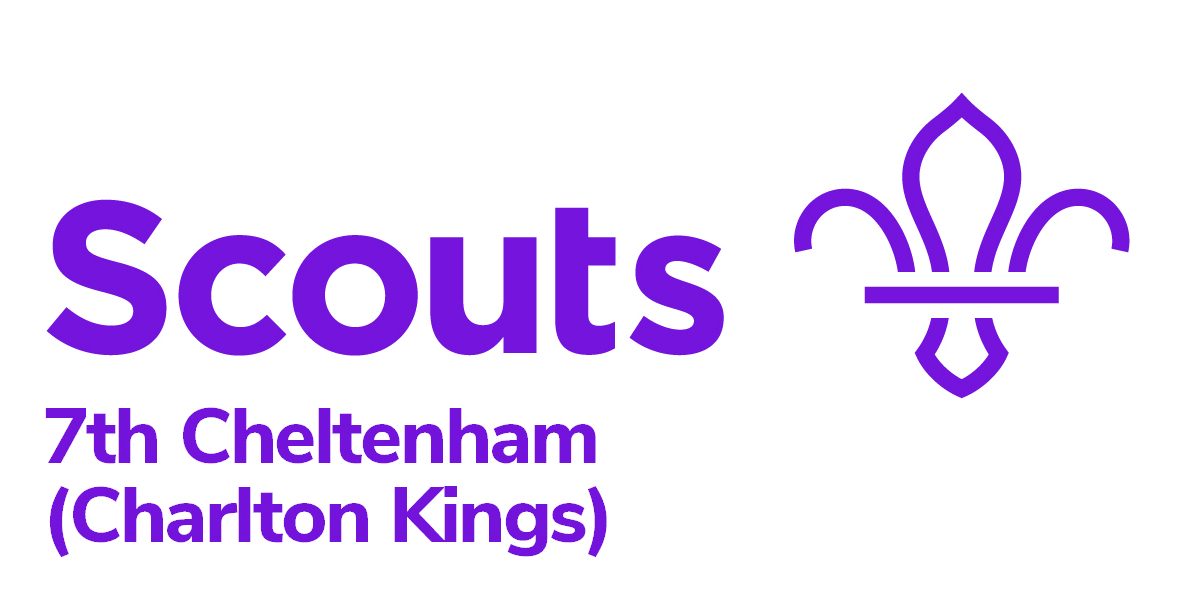As far as I can remember, I must have joined the troop in the autumn of 1914. We met in the boys school in School Road. The Scoutmaster had joined up so we were taken on by Mr. Percy Crowther who lived at Woodmeade in School Road; he was a teacher at the Parish Church School in Cheltenham and Scoutmaster of the Parish Troop. Soon after, Mr. J.J. Thorne took over as Scoutmaster and we rented the East End Hall and met there on Tuesday nights. It was lighted by gas lights that went bright and dim most of the time, and heated by a tortoise stove that smoked us out when the wind was in a certain direction. Apart from ordinary scouting Mrs. Fry took us in first aid and Mr. Cathrine, who was electrician at Mr. Lords at Lillybrook and a member of the Red Cross, took us in stretcher drill. We used to make a barricade of tables and chairs across the middle of the hall and practice getting a stretcher with a patient in it over the barricade.
We also had rifle shooting at the range in the Working Mens Club, and while waiting our turn to shoot, tried knitting socks for the troops (I don’t think I ever finished a pair). There was a “War Service Badge that could be worn on the uniform shirt for so many hours of helping with war work. We used to go to Moorend park, which was a war hospital and help with the washing up, etc.
Mrs. Griffiths (our Fairy Godmother) who lived at Oakfield on Battledown used to take some of us once a week to try and teach us French; mostly we went to her house for lessons. One night coming back home the air raid hooter at the electric light works went off and we climbed the lamp posts and put out the gas lights. One of our P.L. a Sydney Burrows, joined the Sea Scouts and was sent to Mullion Cove in Cornwall to help in-coast watching.
In the last war we helped to distribute gas masks.
When a large train load of evacuees was expected at Charlton Kings Station we were asked to provide ‘latrines’ in the station goods yard. We also provided messengers with one or two of the older boys for the Air Raid Wardens. We collected and sent away many tons of waste paper and magazines and books. To start with they had the use of the Charlton Kings allotments shop (later Dales Cycle Shop) for storing and baling but after a while it was required for furniture storage and we had to give it up. We bought an old First World War hut from a farm in Hawling where it was being used for poultry. The old boys dismantled it at weekends, brought it back to headquarters on a lorry and re-erected it outside the hall, where we had permission to put it until the end of the War. Mr Dimmond Hogg took some of the boys for fire fighting practice. We used to practice in the field at the back of Charlton House, with a mobile trailer pump and water from the Chelt.
We lost three of our boys in the RAF. Gilbert Buxton, Syd Mabbett and George (Winch) Smith. I shall always remember one letter from “Winch” written from Canada where he was training, saying he could not get used to having his bed made for him by a Waaf.
Extract from Charlton Kings Local History Society Spring 1989 Volume 21 pages 18 Author: E J Fear
